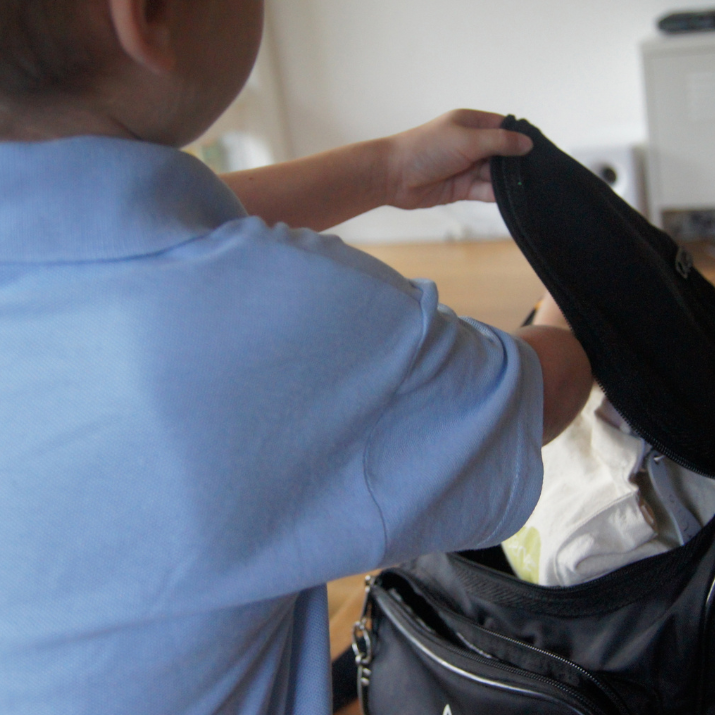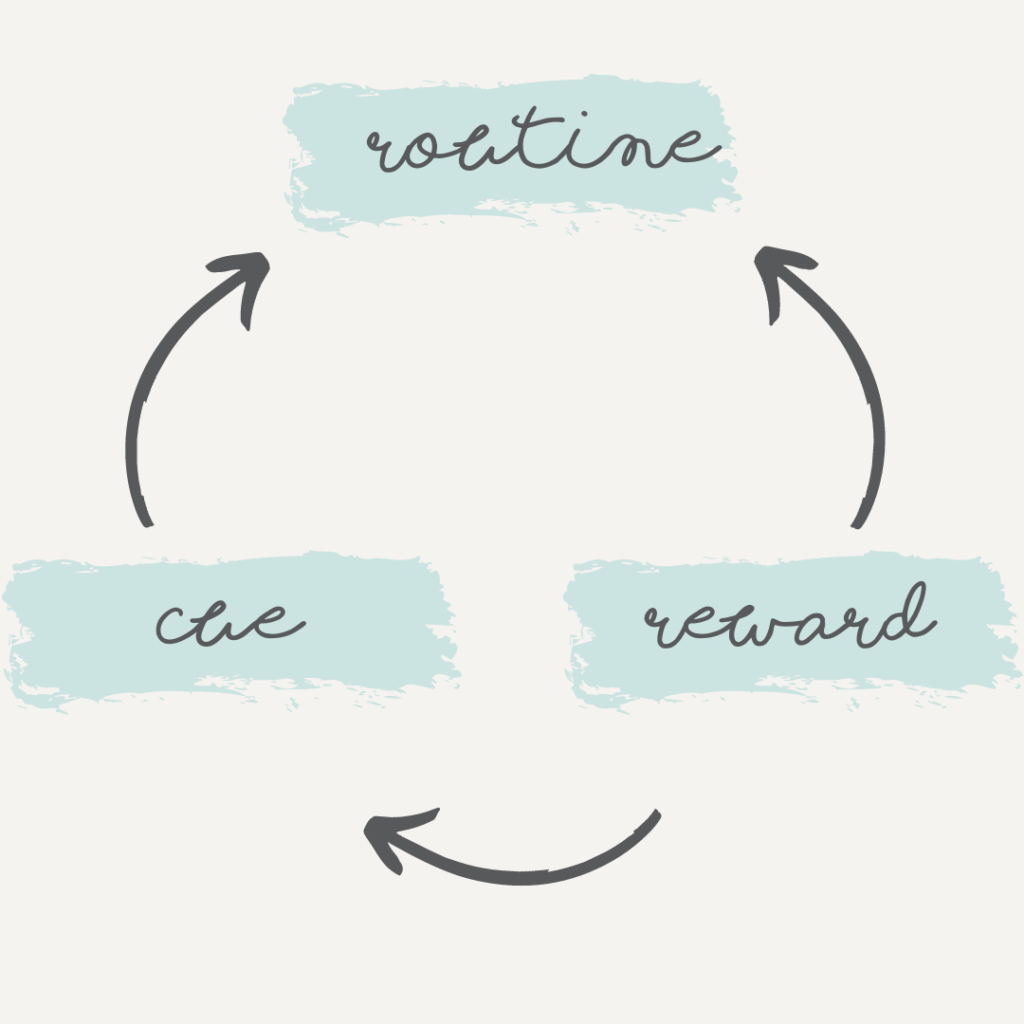
Helping your kids to set good habits for school can be a challenging task but it is one of the greatest gifts you can give your kids – and you! Habits are the repeated actions, behaviors or routines that have been repeated either consciously or unconsciously, so many times that they are now automatic. In a non-school context, examples of habits are the kids brushing their teeth before they go to bed or taking their plates away from the dinner table at the end of mealtime.
Establishing good habits for school is an important aspect of a child’s development, as it creates a foundation for academic success and a love of lifelong learning. Below are some tips that I have found to help support kids in setting good habits for school.
Start early
Encourage children to develop good habits early on. Children who start early are more likely to maintain their habits as they grow older. For example, children in their first year of school can:
- check their weekly schedule each night after bath to make sure they have all the things they need for school the next day in their bag (eg show and share, library book etc)
- choose their clothes or have their uniform ready for the morning before they go to bed at night
- put their lunch box in their school bag in the morning after they brush their teeth
Teach kids about the habit loop

When working with kids to set good habits for school it can help to have a discussion with them about what habits are, how they can help them and how they work. Knowing that habits can be hard to get set at the start but once established these actions can become automatic and easy is important so kids don’t give up after the first few days. Good habits can take time to set but working on them is like an investment – they pay great dividends over the long term.
Author of the best-selling book The Power of Habit, Charles Duhigg describes The Habit Loop as follows:
This process within our brains is a three-step loop. First there is a cue, a trigger that tells your brain to go into automatic mode and which habit to use. Then there is the routine, which can be physical, mental or emotional. Finally, there is the reward, which helps your brain figure out if this particular loop is worth remembering for the future.
To put this in context for young kids you can use the example of checking their weekly schedule each night. This works particularly well if they have forgotten their show and share one week (assuming your child likes show and share!). If they check their schedule each night then they will have the things they need like their show and share item and they will have the joy of sharing it with the class as opposed to being sad because they didn’t have their item to share. Or if show and share isn’t their thing, then it might be that they have their hat in their bag so they could go outside and play. (Most schools in Australia have a no hat, no play rule in summer which means they cannot go out in the playground at recess or lunch and must remain in an undercover area if they don’t have a hat to wear.)
If you would like to read more about changing habits for adults and see some examples of habits I have changed, then click here to read this post – How to change a habit.
Stack habits
When you look at the habit loop, you can see that to set it off there needs to be a cue. Stacking habits on top of each other is a great way to build a cue into the loop. For example, you could help your child set a habit of daily reading (when they are able to read by themselves) by having them read as they have their afternoon tea. Each time they have afternoon tea get them to grab the book they are reading so that eventually afternoon tea will become the cue to read!
The examples I gave for starting habits early for kids are also examples of stacking habits. Getting their clothes ready for the next day is cued by going to bed – something that happens each school night. Putting their lunch box into their school bag in the morning is cued by brushing their teeth.
Give encouragement
Encourage kids to keep working on their habits by acknowledging their efforts. As adults, we know how hard it is to set a new habit! How many attempts did it take you to stick to an exercise routine or how long did it take for you to start getting up earlier in the morning? Setting habits is rarely a perfect linear trajectory and it can be easy to notice and comment when the kids have missed doing something but we may not be as quick to comment when they do the right thing.
This doesn’t mean offering up compliments or generic praise every time they get their clothes out for school but it might mean that when they have done something a number of days in a row you offer specific encouragement to acknowledge their efforts, for example:
- You have been so focused every morning this week and have had your belongings ready to go on time.
- By reading every day this week you finished your book and it was a big one!
Lead by example
Role modeling the behaviour we want to see in our kids is one of the best things we can do to help them set good habits. For example:
- If we don’t want our kids to be on devices in the morning before school then we need to get off ours too!
- If we want the kids to have a night routine that sets them up well for the next day then we need to as well. After dinner each night we can get our clothes ready for the next day, check the family calendar and have our lunch made as they are getting themselves ready too.
- If we want the kids to see the importance of sleep to help them learn well we need to prioritise sleep as well, setting an example by getting to bed early enough so we wake up refreshed for the new day.
We can tell kids what to do and explain why it is important but if they see us doing something different from what we are advocating then it can cause confusion and mixed messaging that makes setting good habits even harder.
